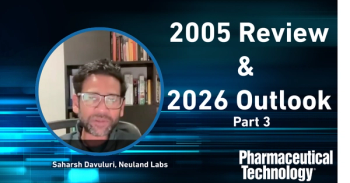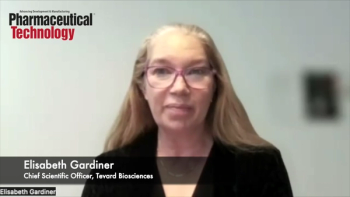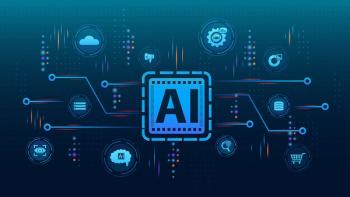
Pharmaceutical Technology Europe
- Pharmaceutical Technology Europe-10-01-2010
- Volume 22
- Issue 10
Braille packaging & European generics growth
Adding Braille to pharmaceutical packaging should be less of a challenge with the use of Esko-Graphics' Scope solution. EC Directive 2004/27/CE requires Braille labelling and information to be provided with pharmaceutical products for human use, and companies are scrambling to implement this by 31 October.
Braille Packaging Compliance
Adding Braille to pharmaceutical packaging should be less of a challenge with the use of Esko-Graphics' Scope solution. EC Directive 2004/27/CE requires Braille labelling and information to be provided with pharmaceutical products for human use, and companies are scrambling to implement this by 31 October.
The basic Braille unit comprises six dots, two columns across and three rows down. The characters themselves require a fairly large, defined area on the packaging so descriptions are typically brief. However, the real challenge of adding Braille text isn't the mechanics of adding relief dots, it's having a flexible and efficient workflow in place to streamline the internal processes to quickly and effectively comply with this new regulation.
Using Scope, the Braille text can be copied directly in register into the die-shape. Whatever changes the structural designer makes, the graphic designer is always sure to work with the correct version of the die. The graphic designer can also use the rich content of the die-shape to get a 3D preview of the work, eliminating communication errors and reducing design review cycles. In addition, Scope covers a wide range of functions, from job and product specification, through graphic and structural design and expert preproduction operations.
European Generics Boom
Off-patent drugs pushing growth
The last few years have seen a rapid growth in the European generics market — the combined result of governments' efforts to encourage the use of generics in a bid to reduce prescription costs and the number of drugs coming off patent. In Europe, Germany is the largest generics market with revenues of $5.4 billion in 2004. The UK and France, other major generics markets, have accumulated revenues of $2.9 billion and $1.6 billion, respectively. Italy has the fastest growing generics market, which, during 2000–2004 expanded at a rate of 137.7%.
Growth of the European generic market 2000-2004
The most lucrative area for the generic market was ethical generic sales, which contributed approximately 83.3% to the total generic market. OTC generics accounted for the remaining 16.7%. The main barriers to OTC generics growth are the dominant position of brand name drugs, and the lack of knowledge of the availability and effectiveness of generic alternatives. By 2009, it is estimated that the European generics market will be worth $19.7 billion with more drugs going off patent and increasing recognition of generics as a cheaper alternative to branded products.
Articles in this issue
over 15 years ago
Validating Single-Use Systemsover 15 years ago
Green is the wordover 15 years ago
Newsover 15 years ago
The Pros And Cons Of Single-Use Systemsover 15 years ago
Europe: A Future Leader in Vaccines?over 15 years ago
Developing A Quality Agreement Template For Single-Use Systemsover 15 years ago
Online Monitoring Of Continuous Hot Melt Extrusionover 15 years ago
An All-Round Excipient For Direct CompressionNewsletter
Get the essential updates shaping the future of pharma manufacturing and compliance—subscribe today to Pharmaceutical Technology and never miss a breakthrough.




